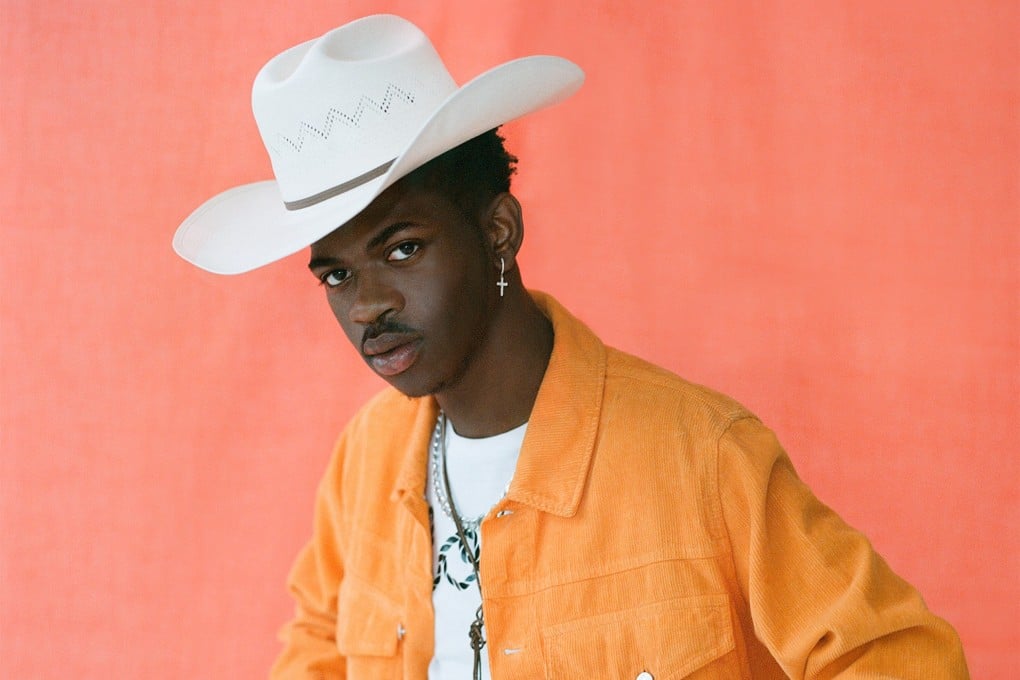From Lil Nas X to Frank Ocean, the gay rappers changing hip hop’s homophobic culture
- Hip hop has a long history of gay slurs and homophobic attitudes, but a new generation of rappers is changing this
- Lil Nas X, who came out on the last day of Pride Month, joins a growing roster of gay male hip hop artists

On June 30, the final day of Pride Month, the young country-rap sensation Lil Nas X came out to his 2.2. million Twitter followers.
“Some of y’all already know, some of y’all don’t care, some of y’all not gone fwm no more. but before this month ends i want y’all to listen closely to C7osure,” he wrote, referring to a track from his debut EP 7,” then the No. 1 rap album in the country.
“Embracin’ this news I behold unfolding … I know it don’t feel like it’s time,” he raps. “But I look back at this moment, I’ll see that I’m fine.”
Overnight, the 20-year-old Atlanta native – born Montero Lamar Hill – became the biggest gay pop star in the world. That he did so in the orbit of hip hop and country, genres that have historically snubbed queer artists, was groundbreaking.

“Lil Nas X reimagined an image of the Wrangler-wearing, horseback riding man’s man into a young black representative of youth culture, got the attention of two traditionally macho cultures and then came out on the last day of Pride,” says Roy Kinsey, a Chicago-based librarian and rapper at the forefront of Chicago’s queer rap scene.
“It was genius.”